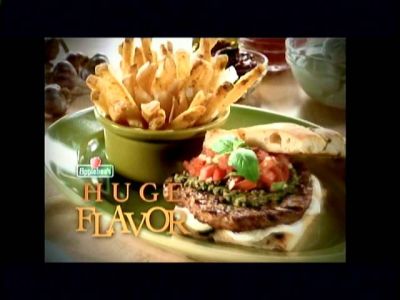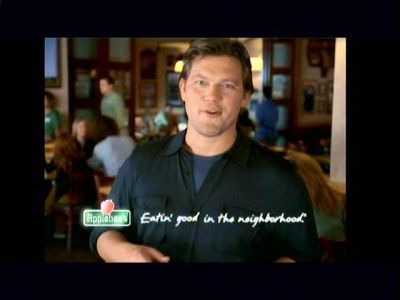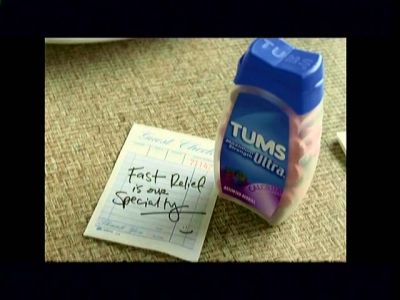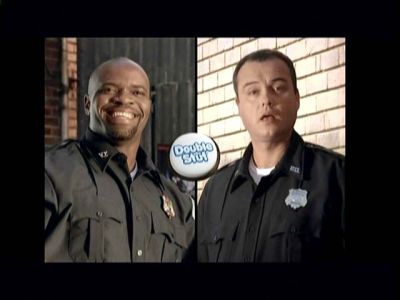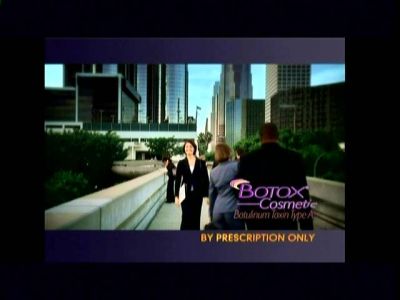Difference between revisions of "The Commercial (Discussion)"
From Screenpedia
Jump to navigationJump to search| Line 50: | Line 50: | ||
== Bibliography == | == Bibliography == | ||
| − | # | + | #Jeremy G. Butler, ''Television: Critical Methods and Applications'' (New York: Routledge, 2012). |
==External links== | ==External links== | ||
| − | *[http://www. | + | *[http://www.routledge.com/cw/butler-9780415883283/s1/gallery-05/ Chapter 5 illustrations] |
*[http://www.tcf.ua.edu/tvcritgallery/index.php/chapter12/examples Frame grabs from the sample commercials] | *[http://www.tcf.ua.edu/tvcritgallery/index.php/chapter12/examples Frame grabs from the sample commercials] | ||
[[Category:TCF311]] | [[Category:TCF311]] | ||
[[Category:TCF311 Discussion]] | [[Category:TCF311 Discussion]] | ||
Revision as of 18:02, 13 September 2012
The Polysemy of Commodities
Group 2
- Luxury, leisure and conspicuous consumption
- Individualism
Group 3
- The natural
- Folk culture and tradition
Group 4
- Novelty and progress
- Sexuality and romance
Group 1
- Alleviation of pain, fear/anxiety and guilt
- Utopia and escape from dystopia
The Persuasive Style of Commercials
Group 3
- Metaphor
- Utopian style
Group 4
- Product differentiation and superiority
- Repetition and redundancy
Group 1
- Extraordinary and excessive style: “televisuality” and counter television
- Graphics and animation
Group 2
- Violating reality (special effects)
- Reflexivity and intertextuality
Commercial analysis
Each group will analyze two commercials from a 2006 episode of The New Adventures of Old Christine. You should first discuss the polysemy attached to the advertised commodity and then you should discuss the persuasive style used to present that polysemy.
Bibliography
- Jeremy G. Butler, Television: Critical Methods and Applications (New York: Routledge, 2012).
